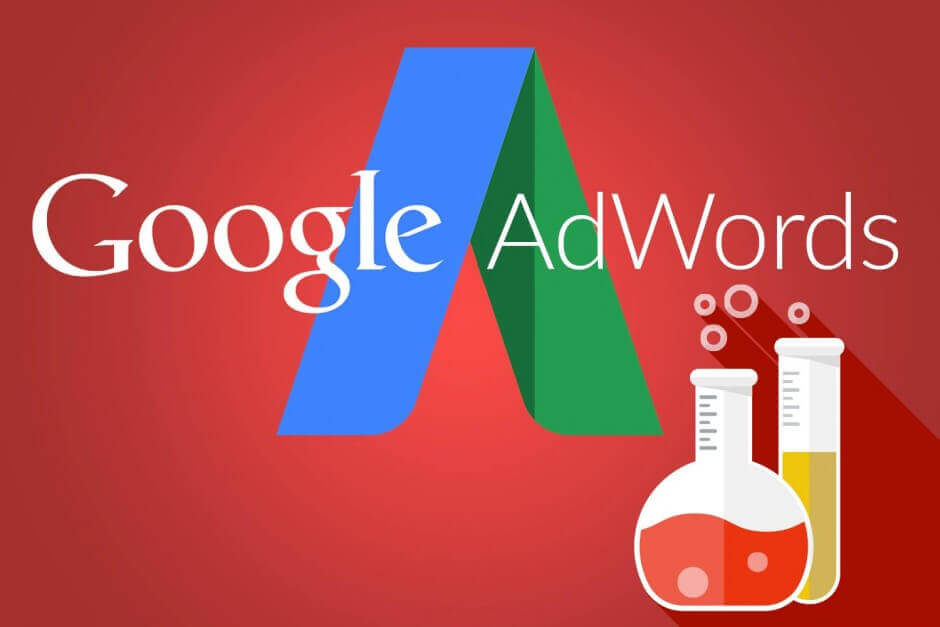
On October 4, 2017, Google released an update that allows AdWords campaigns to spend up to twice their average daily budget. Previously, campaigns would only serve up to 20% over the daily budget.
Google describes the update as being designed “to help you hit your advertising goals,” and there’s a clear logic to the thinking.
Over the course of a month, internet traffic is extremely changeable. So on days when there’s a spike in quality traffic, a campaign that spends up to twice its average daily budget can capitalize on the extra attention. Equally, on days with less traffic, it makes sense to reduce ad frequency to account for lower levels of interest.
Ultimately, this update represents a more intelligent way of distributing ad spend based on the rise and fall of relevant search interest. But what are the potential implications for hotel marketers?
In the following post, we’ll look at how these changes will impact your AdWords spend, how to manage your budget more effectively, and the steps you’ll need to take in order to capitalize on a potential boost in bookings.
Impact on monthly ad spend
It’s important to note that as before, Google won’t charge advertisers more than their monthly charging limit. This figure is determined by multiplying the average number of days in a month (30.4) with the average daily budget.
Overall, your ad spend will stay the same each month. Any extra money you spend on high traffic days will be offset by spending less than your daily average budget on quieter days. Google has also pointed out that if they over-deliver on your monthly budget, they’ll credit the over-delivery cost back.
However, it’s worth noting that if you alter your daily budget during the month, a monthly charging limit won’t apply. Here’s how Google describes this kind of scenario:




